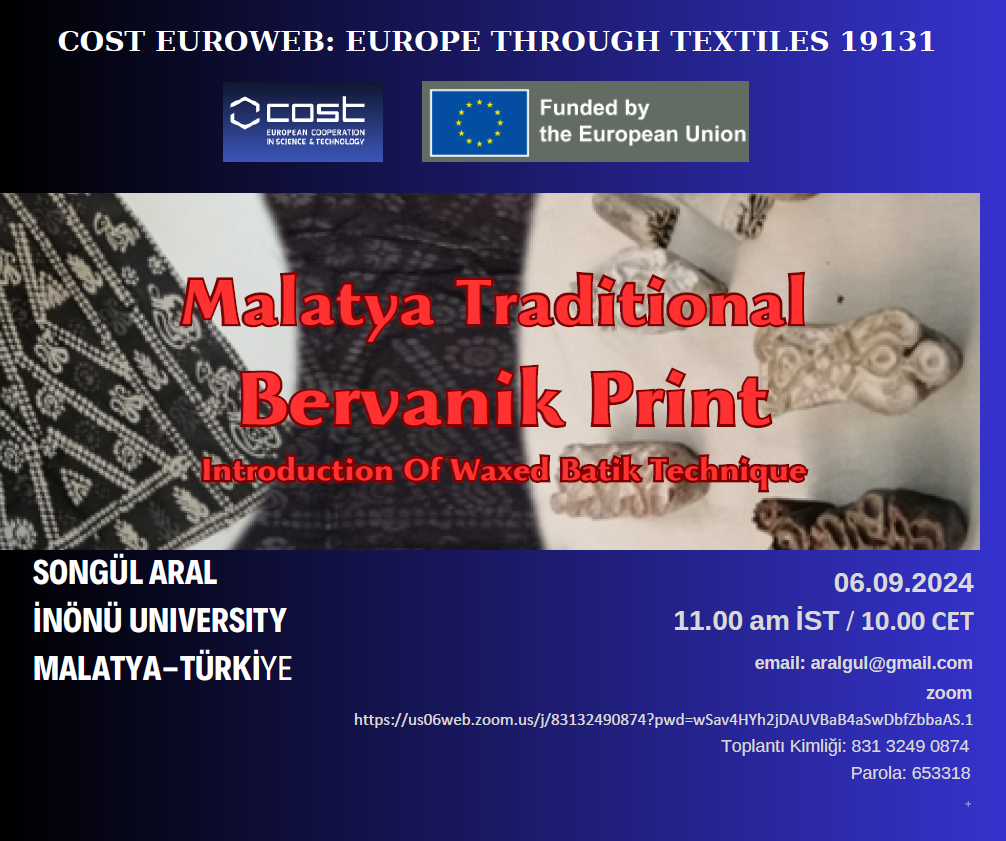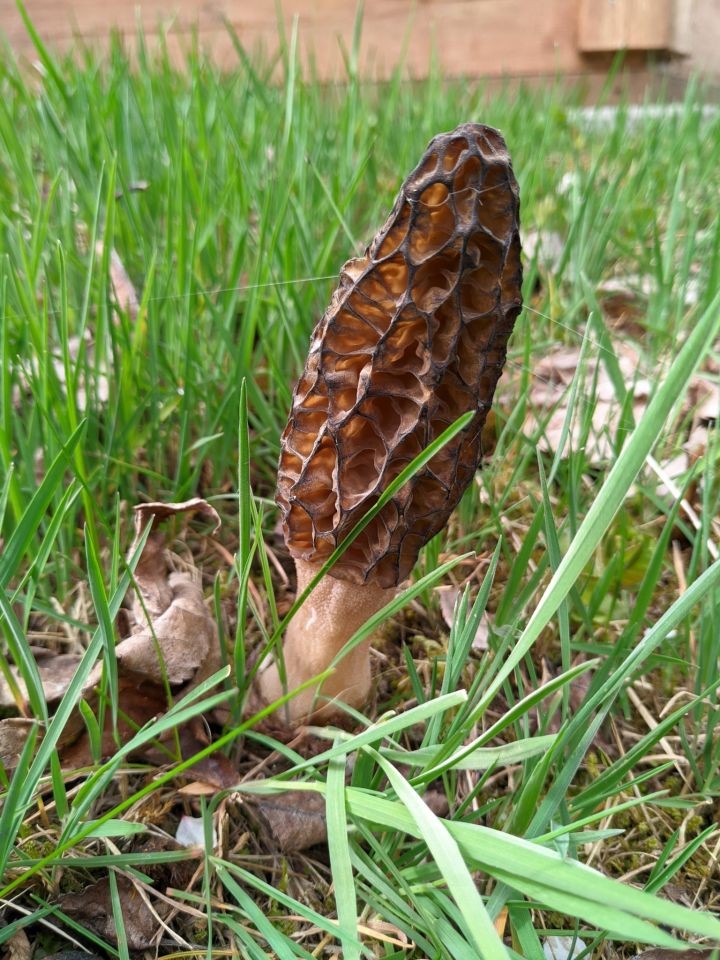One of the fruits of the EuroWeb Cost Action is the freshly-published thematic dossier in the open access journal Ophiussa. Some of the talks presented in May 2022 in the conference in Muro Leccese are collected and published here - and the texts are, at least partly, in English, so don't be scared off by the Portuguese titles in the website and dossier contents.
Search the Blog
Latest Comments
So - one thing that Tropy can do (according to the documentary) is using a controlled vocabulary. Which is nice - because one of the difficulties in having and managing a database is always consistency.
Now I only have to figure out how to a) get a controlled vocab that I want to use to link up with Tropy, and b) figure out what I want from it. One of them is the Getty Art and Architecture Thesaurus, which might be interesting for me. Another is the ICONCLASS system, which I knew was used by the wonderful IMAREAL database. I've taken a look at it and found that it's too large and too complicated to use for my stuff (especially as it contains so many things that I don't have in any way that it would take too long to re-keyword everything) - but during this, I have discovered that there's a bunch of online databases that use it.
So in case you like databases that use an elaborate and detailed system for their descriptions of art (and who doesn't?), here's the ICONCLASS list of databases. Enjoy!
On the journey back home from Uppsala, I stumbled across a nice and helpful website if you're planning to travel by train: zugfinder.net. It lets you search for a specific train (like, say, the EN 346) and shows how much and how often that train was delayed in the past 30 days. That could have been very helpful indeed for my plans!
You can also see what train is where just now, in case you are looking for a specific one.
EuroWeb has something more coming up: A webinar on traditional wax batik printing! It will take place on September 6, 10 am CET start.
I'm already looking forward to this - it's always interesting to see traditional textile techniques!
If you're interested in Finnish tablet weaving as it was done in the 19th century, you can find a selection of bands on the twisted threads website. Mari Voipio, a Finnish researcher, has put this together from photos and books. The website also includes weaving instructions - so if you're looking for inspiration, maybe hop over there!
Somehow this post didn't get sent off properly yesterday - so you're getting the black morel photo today:
These are, apparently, not very common anymore. They are also edible - though I think I prefer looking at them if they are rare, instead of eating them. (Especially not eating them rare.)
These mushrooms are also the first thing that had the rating "selten" (rare, probably, in the English version) in the ObsIdentify app. That is a recent discovery the Most Patient of All Husbands made - it's an app where you can upload images of (wild) plants and animals, and it will compare them to a database and tell you what it is, and with what probability. Observations that are made with surety can then be uploaded. Your uploads help with monitoring where what species are found, and thus for tracking biodiversity. The app will even recognise caterpillars, so it's a really cool help in finding out what critter you have somewhere.
You can find out more about the app here on their website, or search for Obsidentify in your app store thingie of choice.
If you're interested in historical weaving, this video by Marta Hoffmann might make you happy. It shows traditional weaving in Norway, recorded back in 1955; the tradition of using these warp-weighted looms there for this kind of fabric goes back into the 1500s at least.





